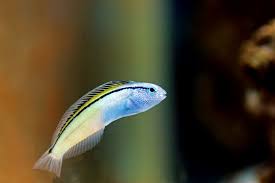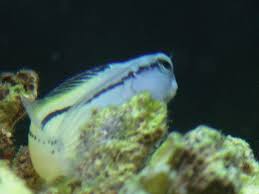
The journey of orchids from seed to radiant bloom is a remarkable process filled with intricate stages and fascinating transformations. Orchids, known for their stunning flowers and diverse species, undergo a journey of growth and development that captivates the imagination and showcases the wonders of nature. Join us as we explore the captivating journey of orchids and the remarkable stages they undergo on their path to producing radiant blooms.
**1. Seed Germination**
The journey of an orchid begins with the tiny, dust-like seeds that are produced by the thousands within the seed pod of a mature orchid plant. Unlike seeds of other plants, orchid seeds lack endosperm and are extremely small, requiring specific conditions for successful germination.
Orchid seeds are typically dispersed by wind or carried by animals to new locations where they can germinate and establish new plants. Once a seed lands in a suitable environment, it requires a symbiotic relationship with fungi known as mycorrhizae to germinate and develop into a seedling.
The process of orchid seed germination is slow and delicate, often taking weeks or even months to complete. Under the right conditions of moisture, temperature, and fungal association, the orchid seed begins to germinate, sending out a tiny protocorm—a structure that resembles a miniature bulb or tuber—from which the seedling will eventually emerge.
**2. Seedling Growth**
As the orchid seedling emerges from the protocorm, it begins its journey of growth and development, gradually establishing roots, leaves, and eventually, a mature plant. Orchid seedlings are delicate and vulnerable during this stage, requiring careful attention and specific environmental conditions to thrive.
Orchid seedlings are typically grown in sterile laboratory conditions or specialized propagation trays to provide the optimal environment for growth. They require high humidity, filtered light, and proper air circulation to develop healthy roots and foliage.
During the seedling stage, orchids undergo significant growth and physiological changes as they transition from a dormant seed to an actively growing plant. They rely on nutrients stored within the seed and supplied by the mycorrhizal fungi to fuel their growth and development.
**3. Vegetative Growth**
As orchid seedlings mature, they enter a phase of vegetative growth characterized by the development of leaves, roots, and pseudobulbs (in sympodial orchids). Vegetative growth is essential for building the plant’s energy reserves and preparing it for the eventual production of flowers.
Orchids require adequate light, water, and nutrients during the vegetative growth stage to support healthy foliage development and root growth. They may be potted in a suitable growing medium such as bark, sphagnum moss, or a specialized orchid mix to provide stability and support for their growing roots.
During this stage, orchids may undergo periodic repotting to accommodate their expanding root systems and ensure optimal growing conditions. Regular fertilization and proper watering practices are also important for promoting vigorous vegetative growth and preparing the plant for flowering.
**4. Flower Induction**
The transition from vegetative growth to flowering is a crucial stage in the life cycle of an orchid, marked by the initiation of flower buds and the onset of flowering. Orchids require specific environmental cues, such as changes in temperature, light, and humidity, to trigger flower induction and initiate the flowering process.
The timing and duration of flower induction vary depending on the orchid species and its native habitat. Some orchids require a period of cool temperatures or a dry season to induce flowering, while others may flower in response to changes in day length or other environmental factors.
Orchid growers may manipulate environmental conditions to induce flowering in their plants, adjusting factors such as temperature, light intensity, and humidity to simulate natural flowering cues. Once flower induction occurs, the orchid enters a phase of bud development and maturation, culminating in the emergence of exquisite flower spikes.
**5. Flowering and Pollination**
The culmination of the orchid’s growth journey is the emergence of radiant blooms that adorn the plant’s flower spikes in a dazzling display of color and form. Orchid flowers come in a breathtaking array of shapes, sizes, and colors, ranging from delicate pastels to vibrant hues and intricate patterns.
Orchid flowers are intricately designed to attract pollinators and ensure successful reproduction. They may produce nectar, fragrance, or visual cues such as bright colors or unique shapes to entice bees, butterflies, moths, birds, or other pollinators to visit and transfer pollen between flowers.
Pollination is a critical step in the orchid’s life cycle, as it leads to the formation of seeds and the continuation of the species. Orchids have evolved unique mechanisms of pollination, often relying on specific pollinators or employing elaborate floral adaptations to ensure successful fertilization and seed production.
**Conclusion**
In conclusion, the journey of orchids from seed to radiant bloom is a remarkable testament to the resilience, adaptability, and beauty of these extraordinary plants. From the humble beginnings of a tiny seed to the breathtaking splendor of a fully blooming flower spike, orchids captivate our imagination and inspire wonder at the marvels of nature.
By understanding the stages of orchid growth and the factors that influence their
development, we gain a deeper appreciation for these enchanting plants and the intricate processes that govern their existence. Whether grown in a greenhouse, a garden, or a windowsill, orchids continue to fascinate and delight us with their timeless allure and enduring beauty.









